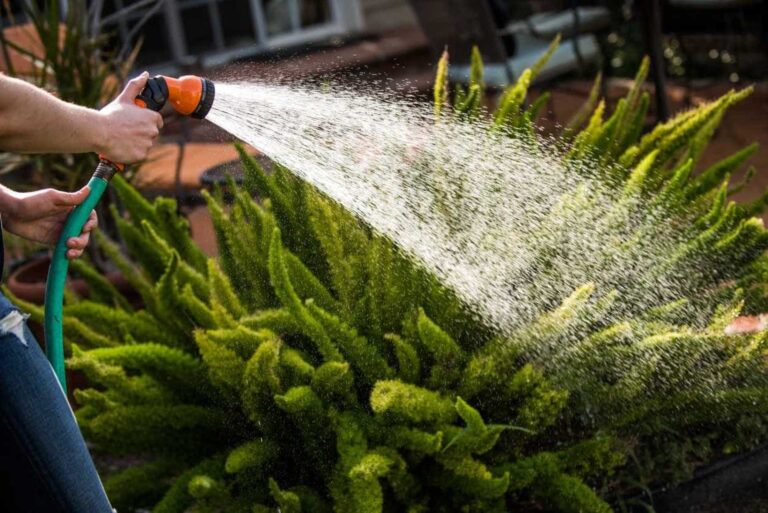Life without water does not exist. It is an everyday need and a critical factor in the survival of humans and all animal species. Also, it is vital for the plant world. Plants, whether they are fruits, vegetables, or flowers, need irrigation. There are many types of irrigation systems, and it is up to you to choose the right one. The primary purpose of sprinklers is to ensure proper irrigation and moisten the soil so that the plant can grow properly. It will also spare you that job. The irrigation system includes a hose and a connection through which the desired area is irrigated. Before you buy, think about which one you need, because sprayers differ in the principle of operation and design.
To choose the best garden system for you, you need to get acquainted with a few basic things.
Where is the watering system connected?
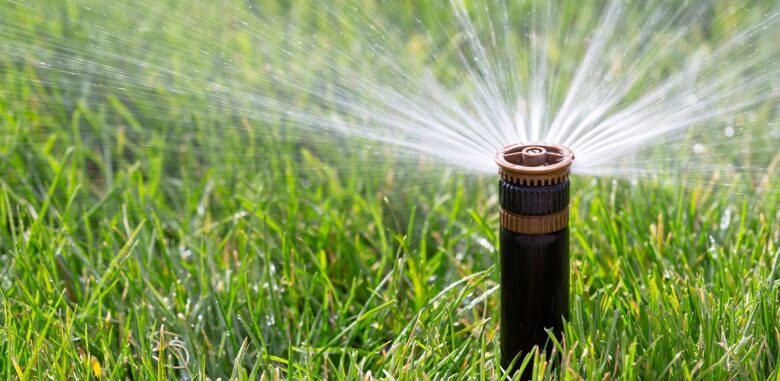
Those who are looking for the simplest solution will find the answer in the use of tap water. Still, this is one of the most expensive ways. Systems that use rainwater or groundwater are much more economical but know that you will need a pump. Many people, environmentally conscious, use water from reservoirs or watercourses for watering, and even a household wastewater treatment plant.
What are the main types of sprinklers?
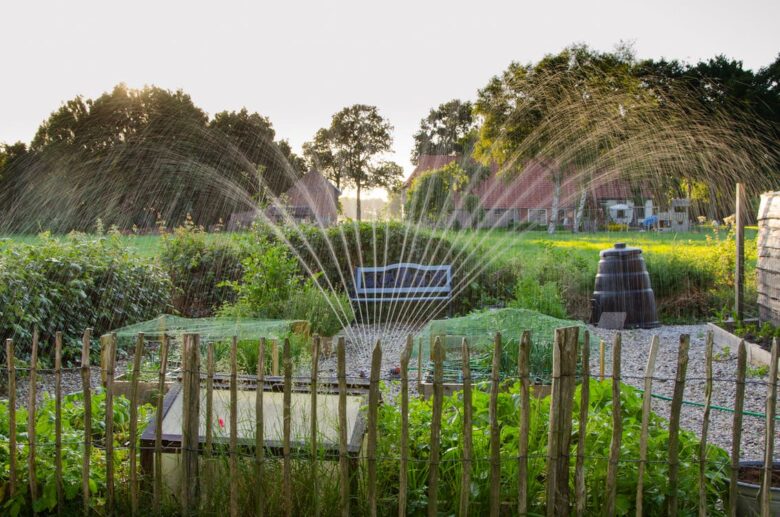
Before buying, you need to know what it is that you are looking for. The primary division of irrigation devices is static, rotary, retractable, circular sprinklers. Devices are chosen based on the location and the plants you need to water because their purpose is to provide proper watering. Static devices are designed so that they do not have rotating parts. They can be grounded and also portable. They are usually recommended for smaller areas (up to 10 m2), and in case you connect several mechanisms, they are practical for irrigating large fields.
Rotary does not differ much from a static device, except that it has a rotating part. This sprayer covers up to three times the area. It is also interesting that some models buried in the ground can form complex geometric shapes to adapt the watering as much as possible to the treated surface. Another positive thing about sprinklers is its ability to save water.
A circular watering can is the most common choice for lawn irrigation, where water is sprayed in a circular rotation. You also have the option to adjust the radius, and your job is done.
We come to retractable sprinklers installed in the ground and come out of it only when activated. After you finish watering, they are pulled back into the ground. They are very practical and, importantly for some people, invisible. This is the easiest way to maintain smaller lawns and flower beds properly. On verlek.com.au you can learn more about garden reticulation.
How to make the right choice?
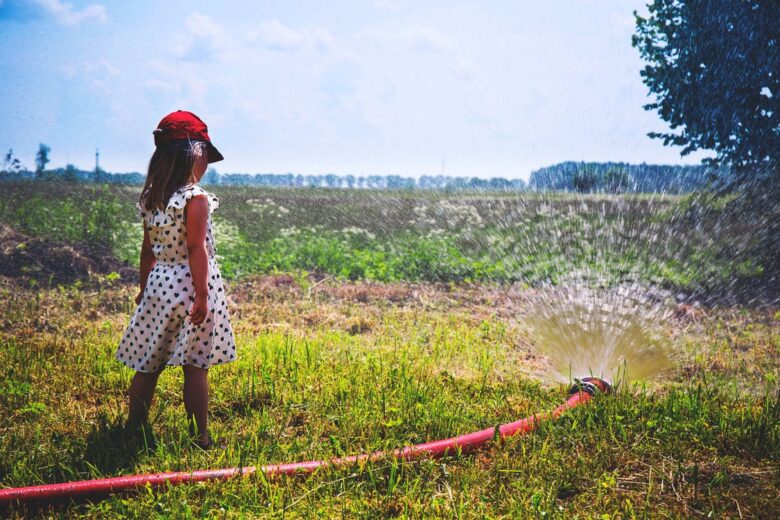
Although there are many different models and manufacturers on the market, it is sometimes difficult to make the right choice. What every potential buyer should know is that irrigators are made for different areas. Therefore, when choosing, pay attention to some of the following things.
Think about what you need. We have already mentioned that there are models for different purposes, and they also differ in the type of sprinkler – they can have one or more water jets. To determine more precisely what exactly you need, you can also make a sketch. This way, you will know best the dimensions and the type of sprayer that is the best solution. Also, pay attention to whether you will need sprayers to change the angle. You need to think about these things in time so that you don’t have to incur unnecessary costs later. Consider system pressure to make sure you have high-quality watering. You can always consult an expert to resolve any concerns.
How is an irrigation system installed?
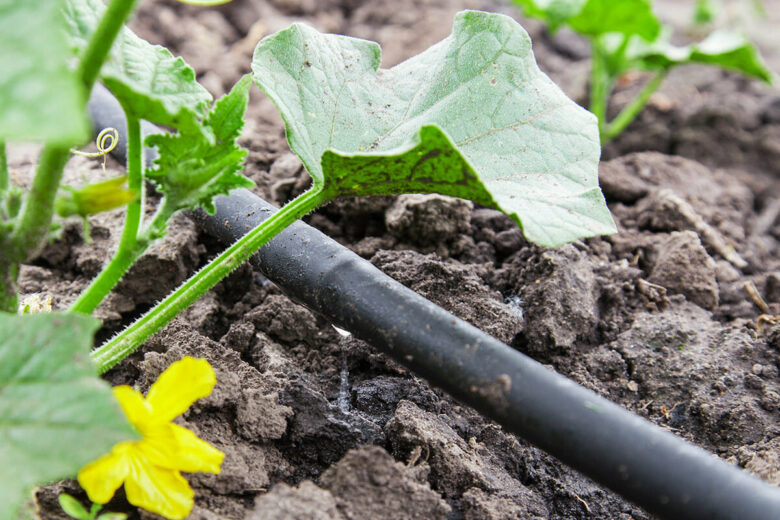
When installing an irrigation system, you must take into account the design so that it covers only the space that needs to be watered. Unprofessional people often place the pipes in the wrong places and misdirect the water towards the house or some other unwanted place. When it comes to watering frequency, the type of herb plays a big role. It is best to examine the soil and determine which country it is. Based on this, you will determine how often watering is needed and what amount of water is ideal. For example, stable soil should be watered less often to allow water to be absorbed into the soil. The intensity and frequency of watering also depend on the outside temperature and plants’ type because there are more resistant and less resistant species.
Connecting the sprayer to the hose is a very simple job. All you need is a special connector to join them. These connectors usually have a valve that does not allow water to flow when the sprayer is turned off. The first step is to fasten the connectors and hoses, after which a ring is put on that will additionally fasten them.
What is the best time to water?
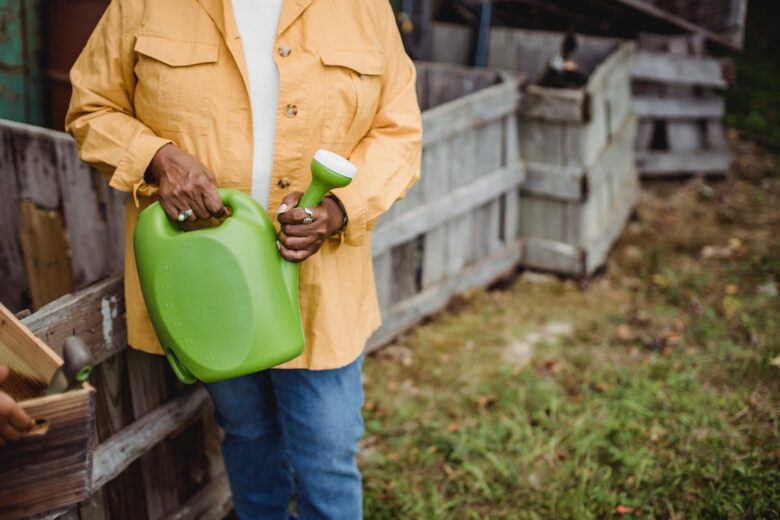
Between 4 and 10 a.m. is the best time to water the garden because the air is colder and usually there is no strong wind then. As noon approaches, the water evaporates too quickly, while in the evening, water can stay on the grass, which can further cause a multitude of diseases. The biggest problem can be the development of fungi, perfectly suited to wet terrain during the night. In addition to mowing the grass too short, watering at night is the worst thing you can do to your lawn. Pulsating sprayers are great for yards with mature grass, but not for new and young ones. An intense and robust jet of water can wash the seeds. An oscillating sprayer is a better choice for young lawns until a good and firm root develops when you can switch to a pulsating one.

